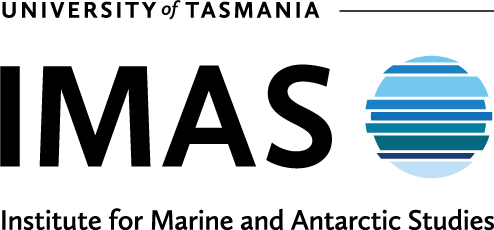MSC-Risk-Based Framework Status
98: Pass – Low Risk
The Australian sardine fishery scored > 80 in the MSC-RBF analysis, passing assessment with low risk of stock damage. The Productivity Susceptibility Analysis showed this species to be highly productive, as a broadcast spawner with short generation time and high fecundity. Australian sardine is moderately susceptible to capture and damage by the fishery. Although fishing effort overlaps with < 10% of the stock distribution, there is a moderately high risk of fish encountering purse seine gear in the water column and the age-range of fishery independent samples indicate some immature fish are regularly caught. The fishery, however, is still under development. Therefore, time-series data assessed in the Consequence Analysis showed minimal impact on long-term recruitment capacity. This outcome is likely to change as the fishery is developed.
Productivity Attributes
| Attribute | Score |
|---|---|
| Average age at maturity | 1 |
| Average maximum age | 2 |
| Fecundity | 1 |
| Average maximum size | 1 |
| Average size at maturity | 1 |
| Reproductive strategy | 1 |
| Trophic level | 2 |
Susceptibility Attributes
| Attribute | Score |
|---|---|
| Availability | 1 |
| Encounterability | 2 |
| Selectivity | 2 |
| Post-capture mortality | 3 |
Consequence Analysis
| Vulnerable Subcomponent(s) | Score |
|---|---|
| All | 100 |
More information on the Marine Stewardship Council Risk-Based Framework (MSC-RBF) Methodology is available on our MSC-RBF Assessment page:



